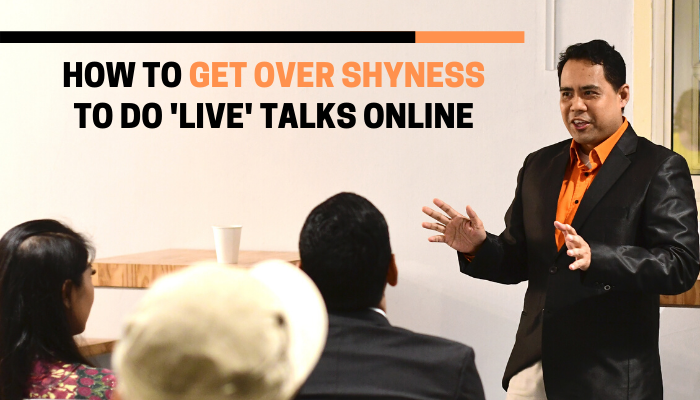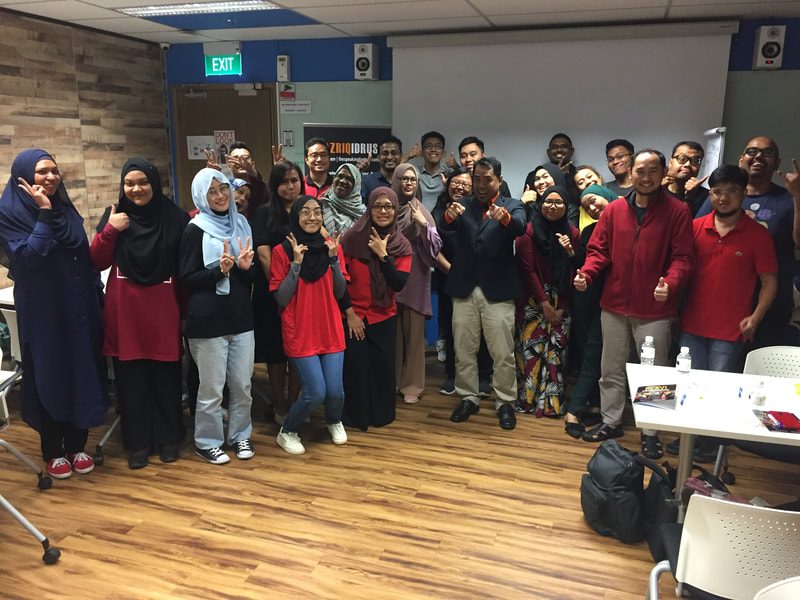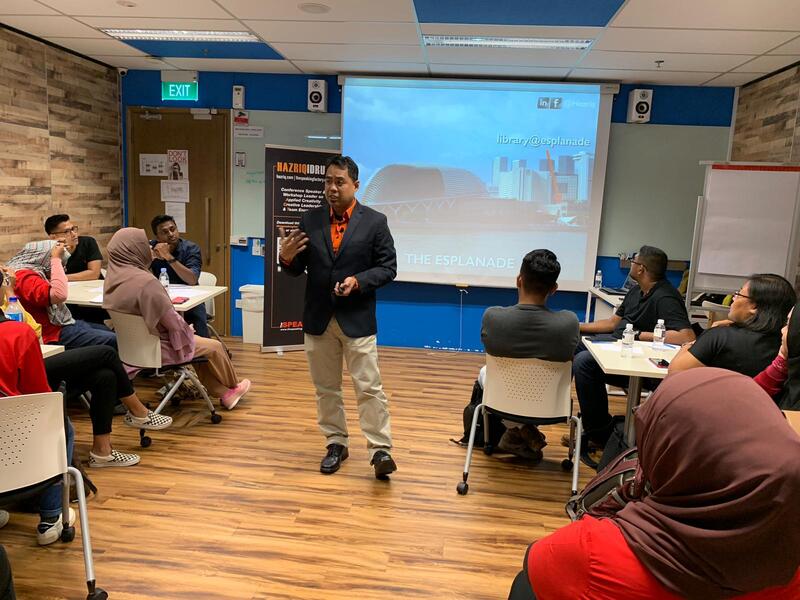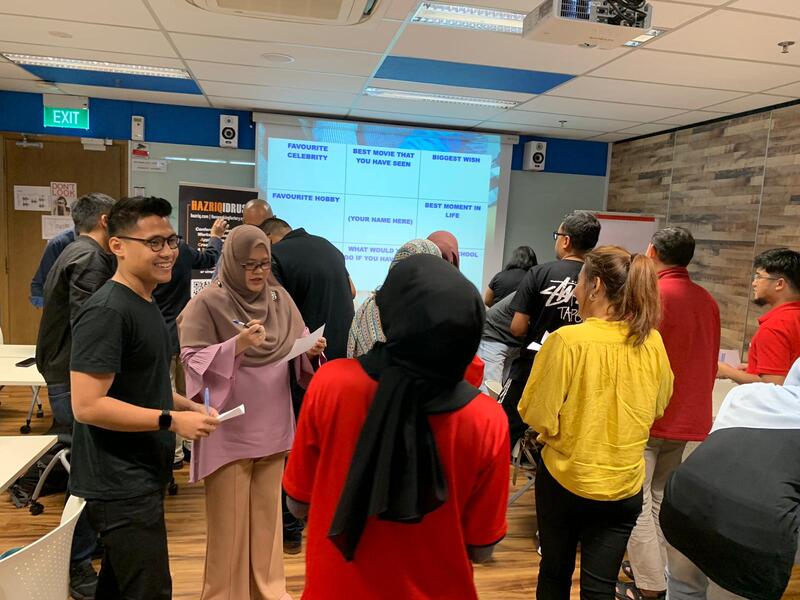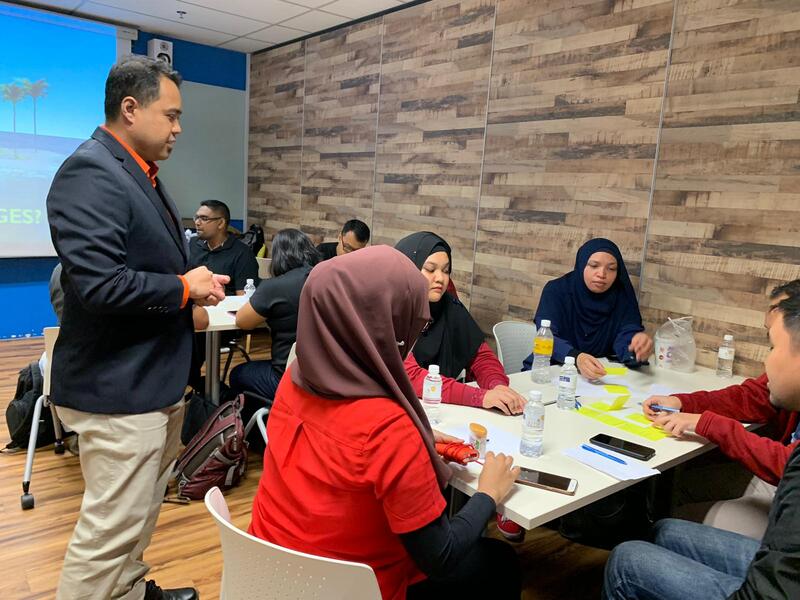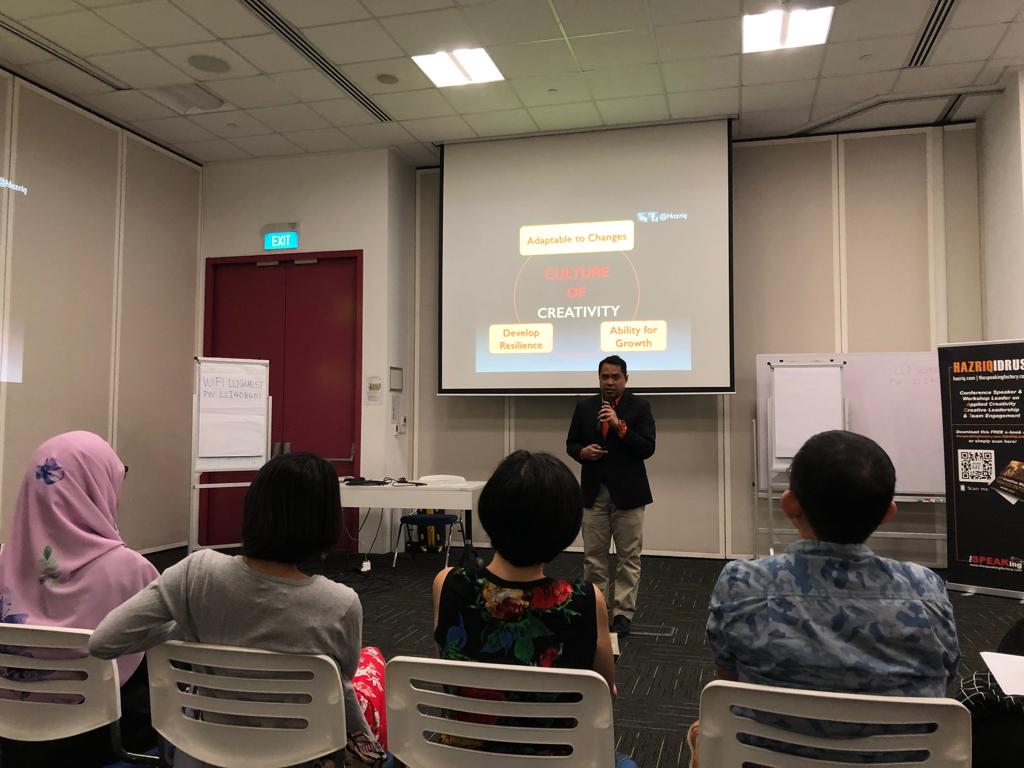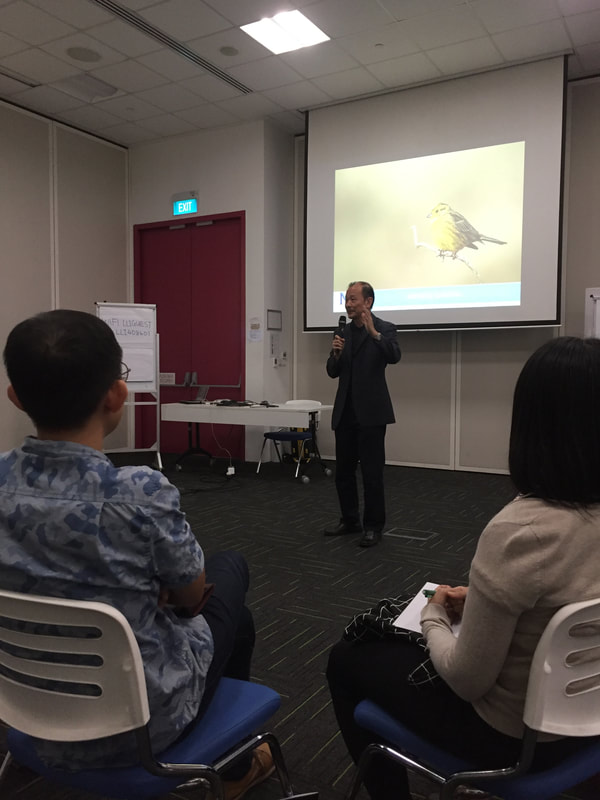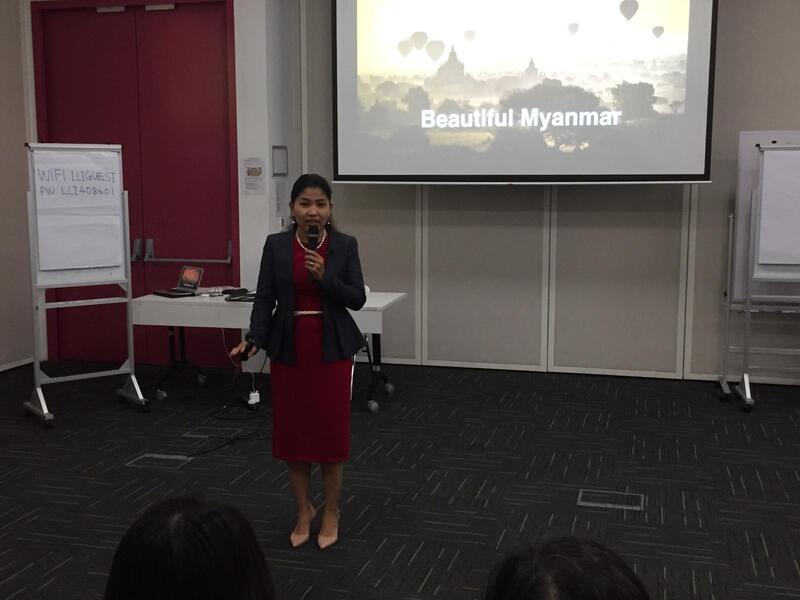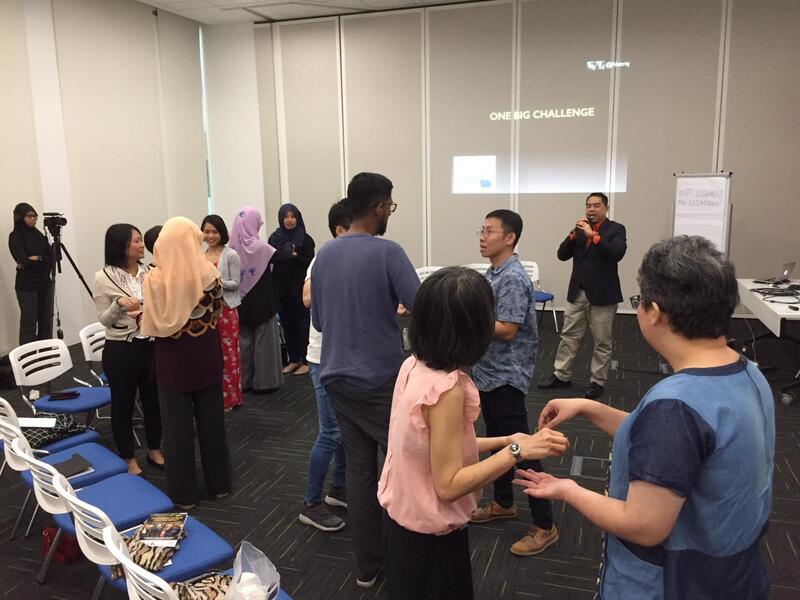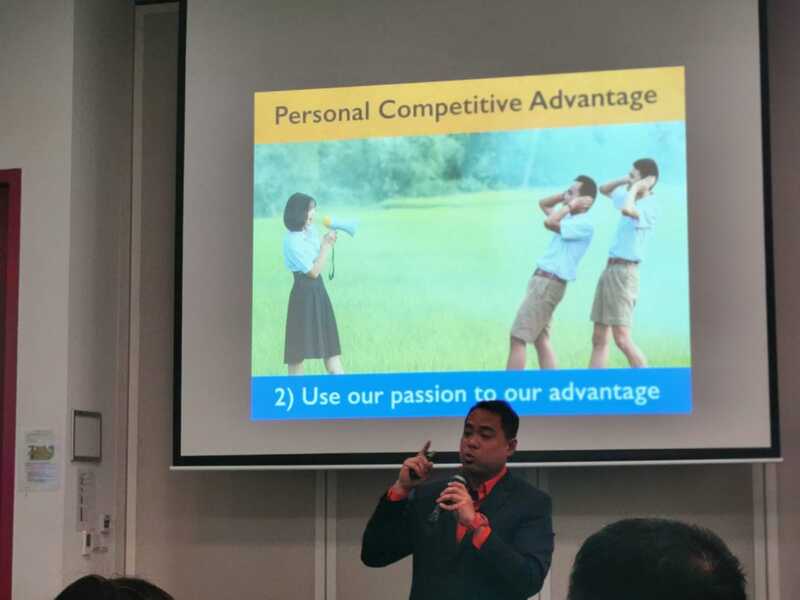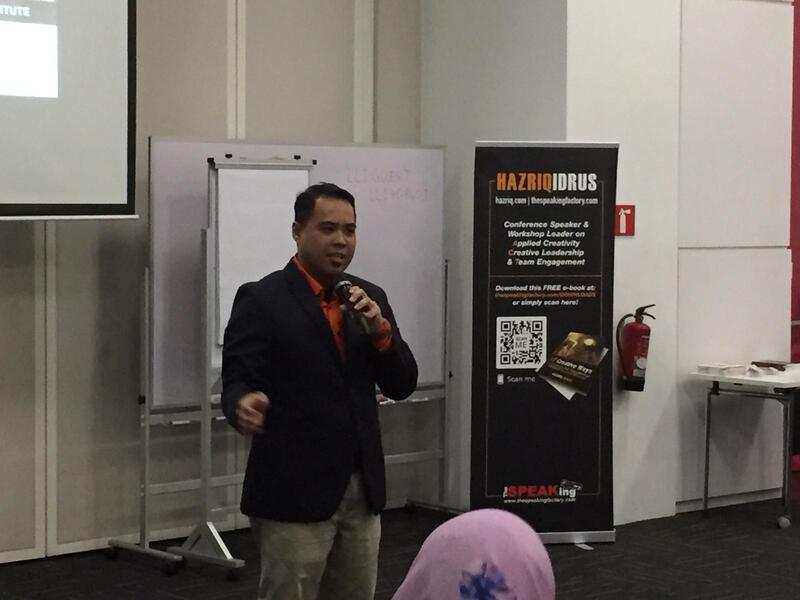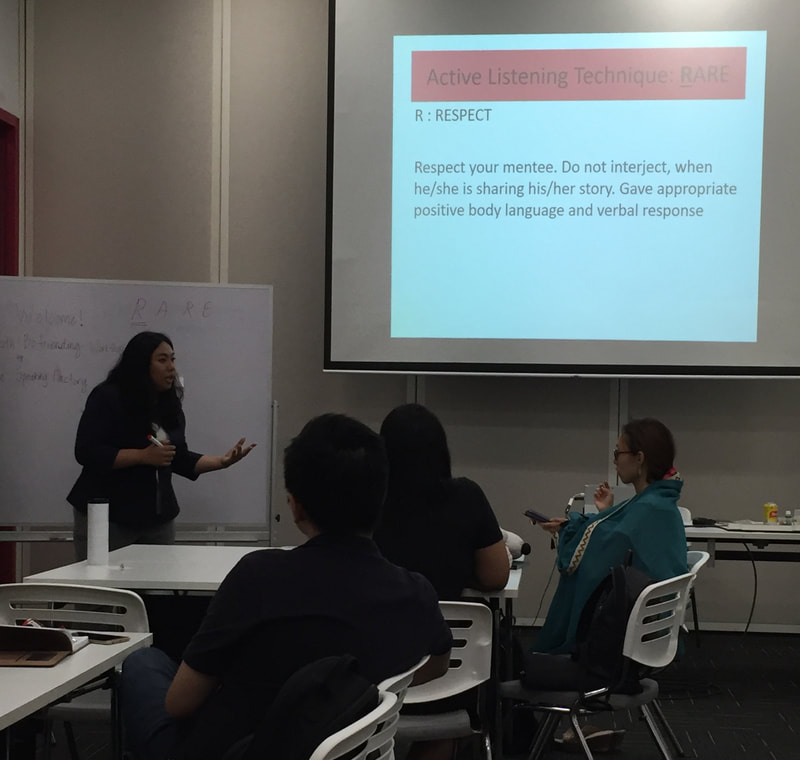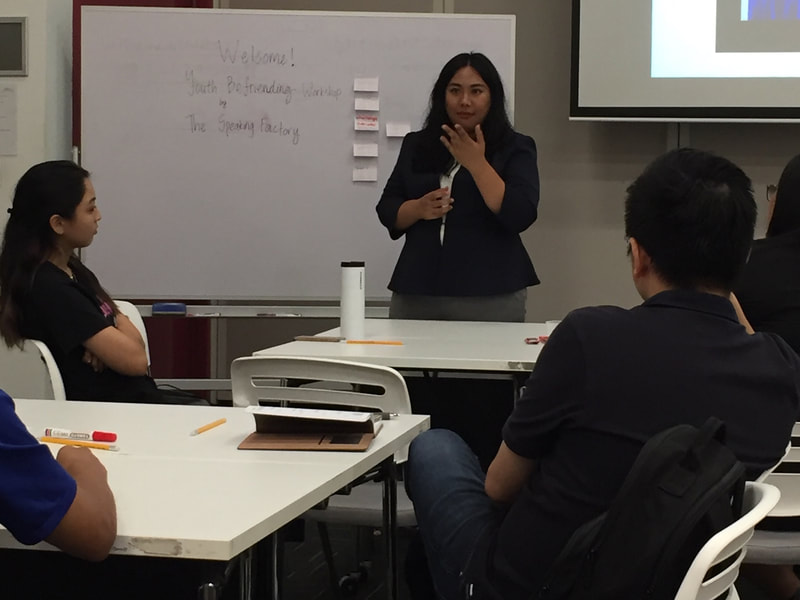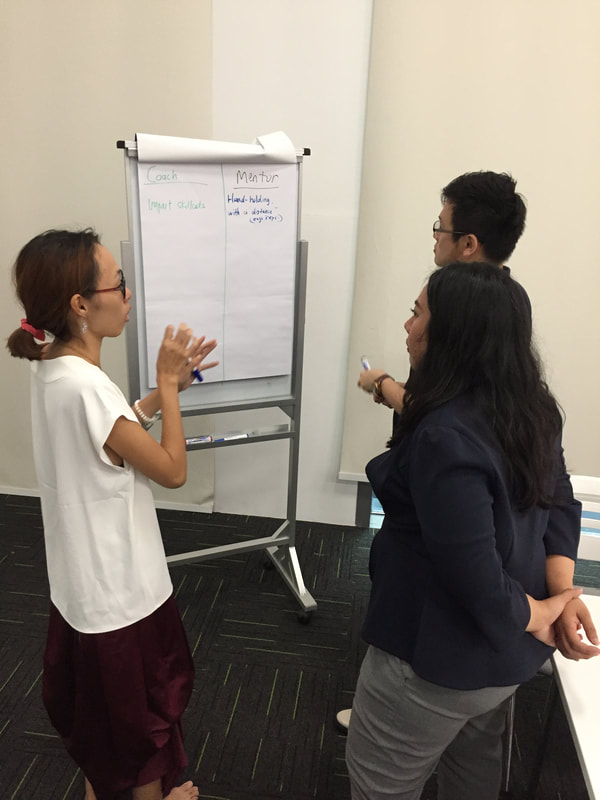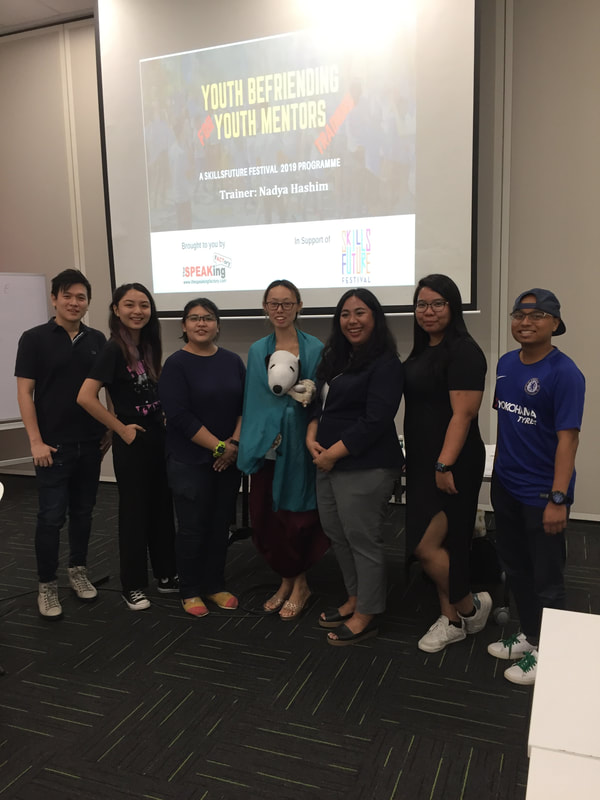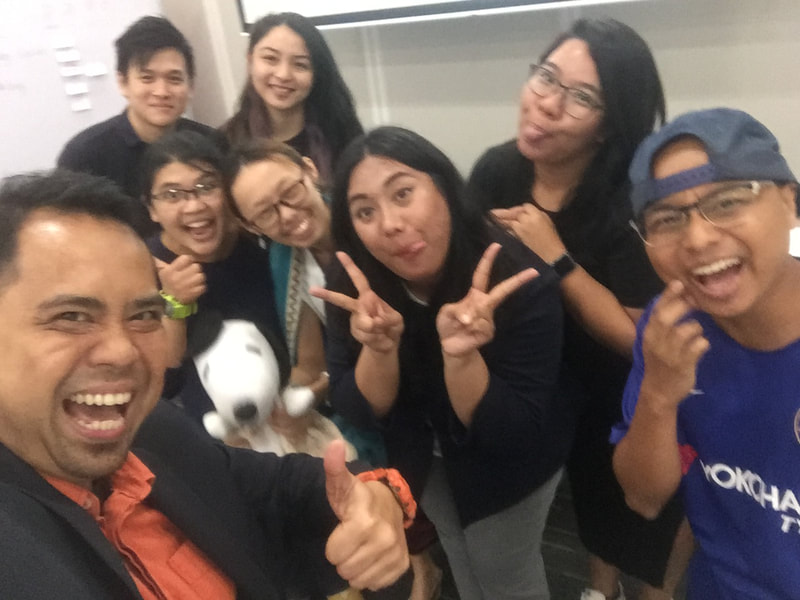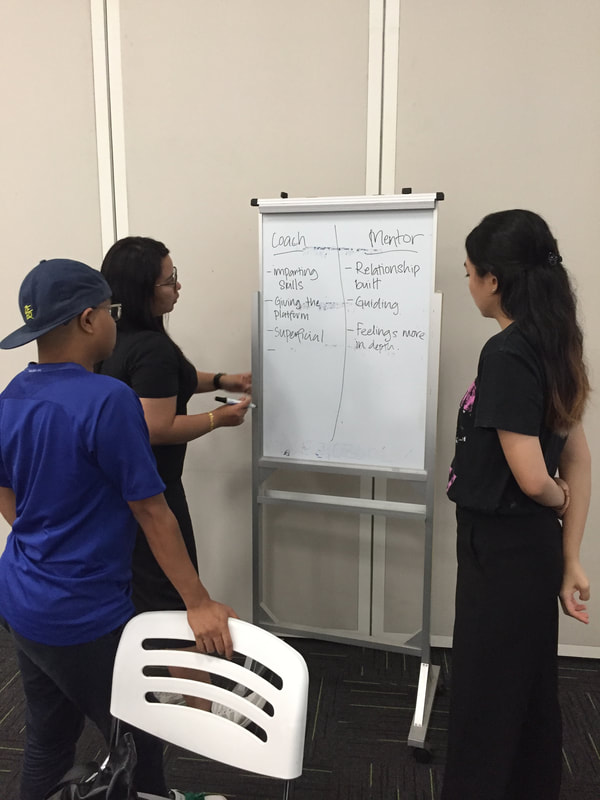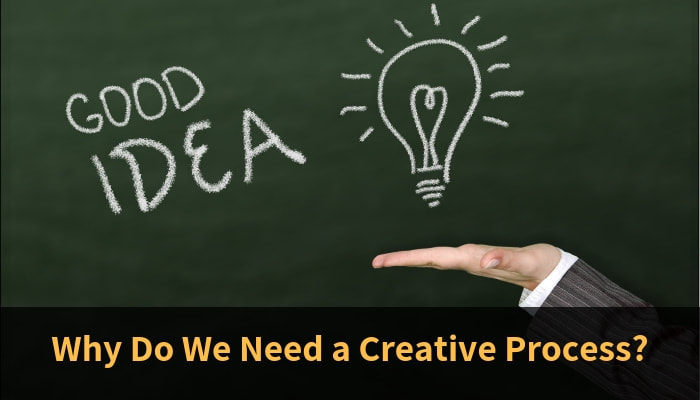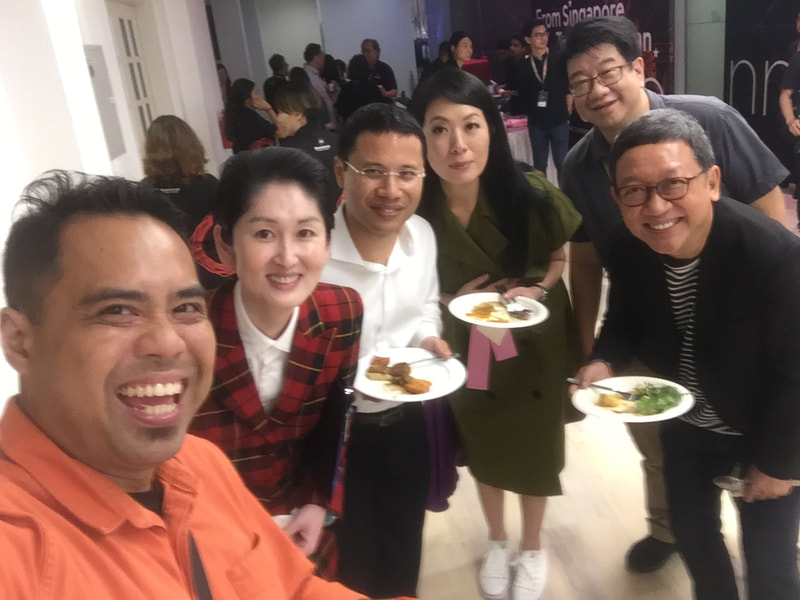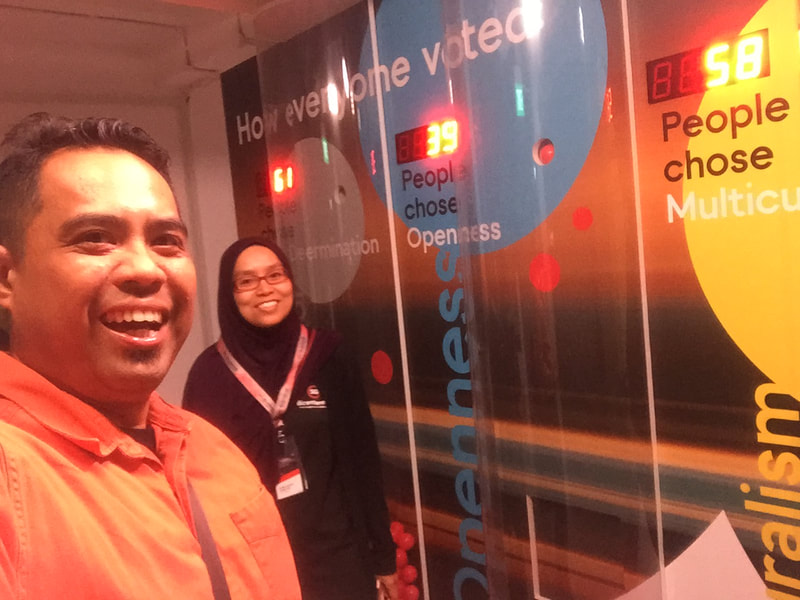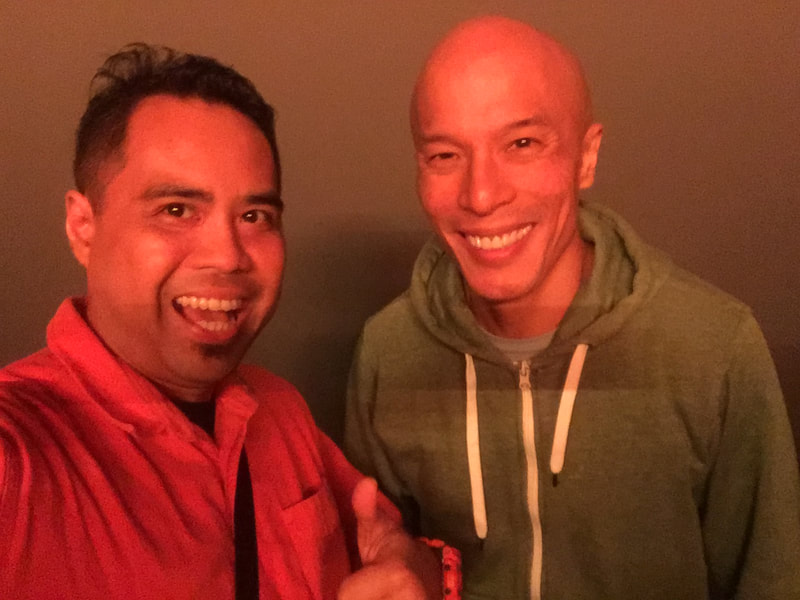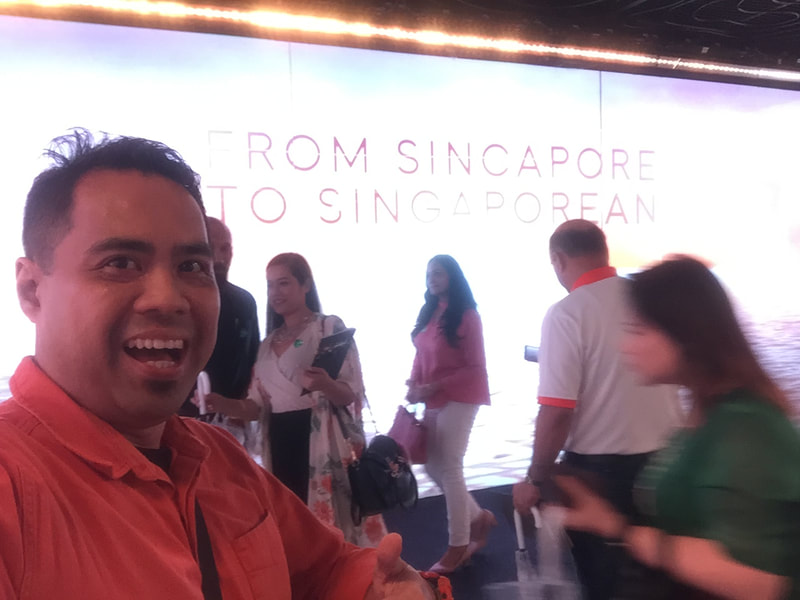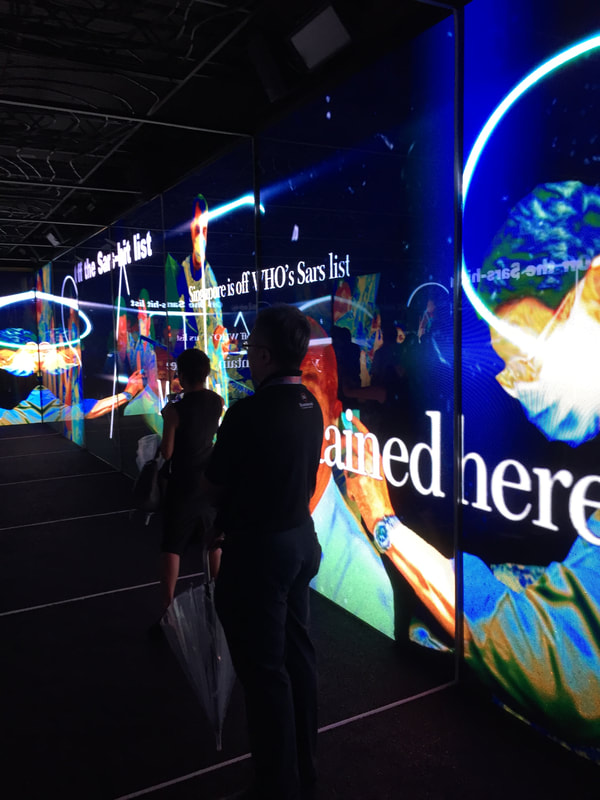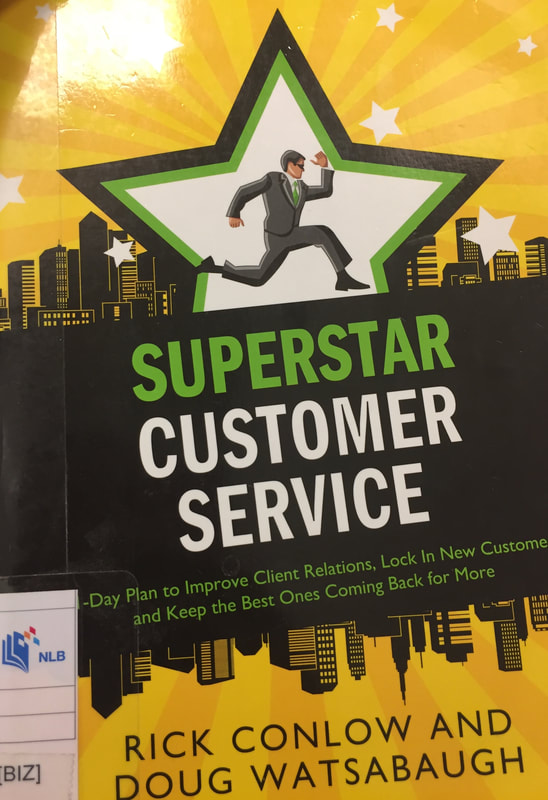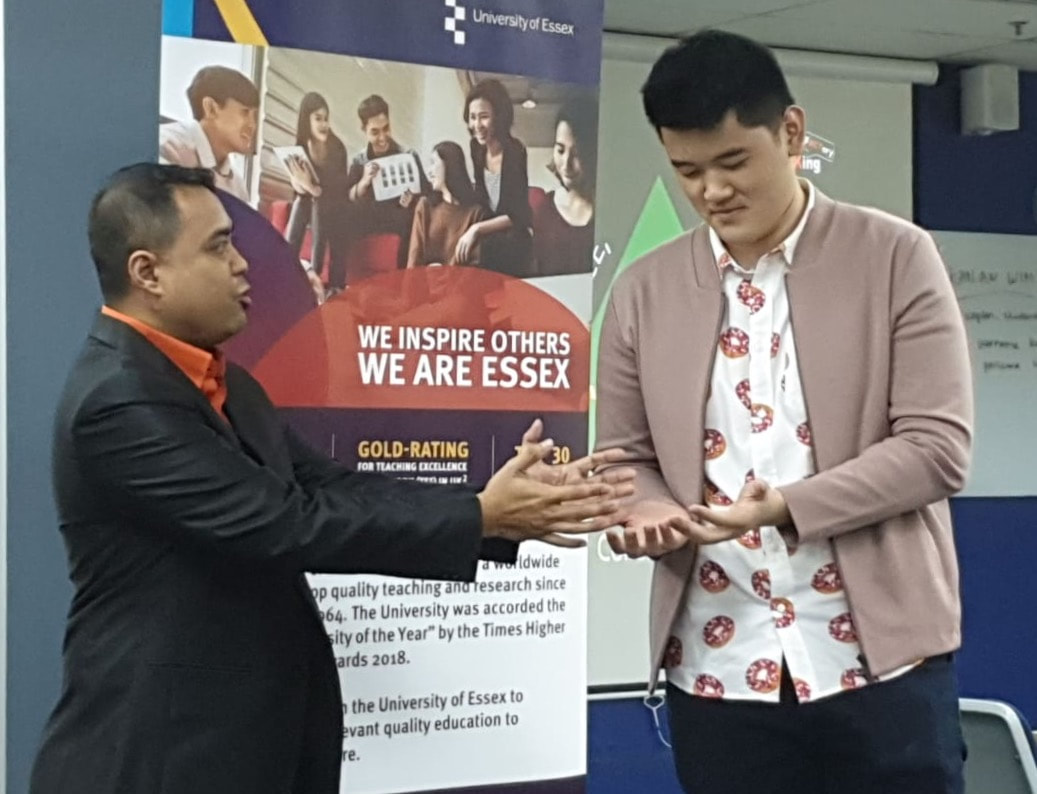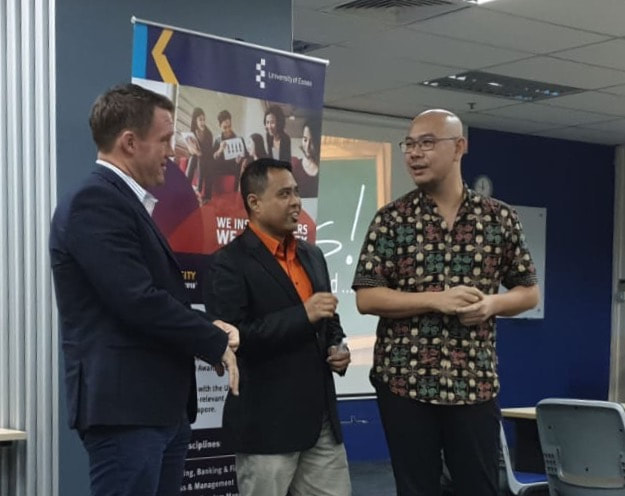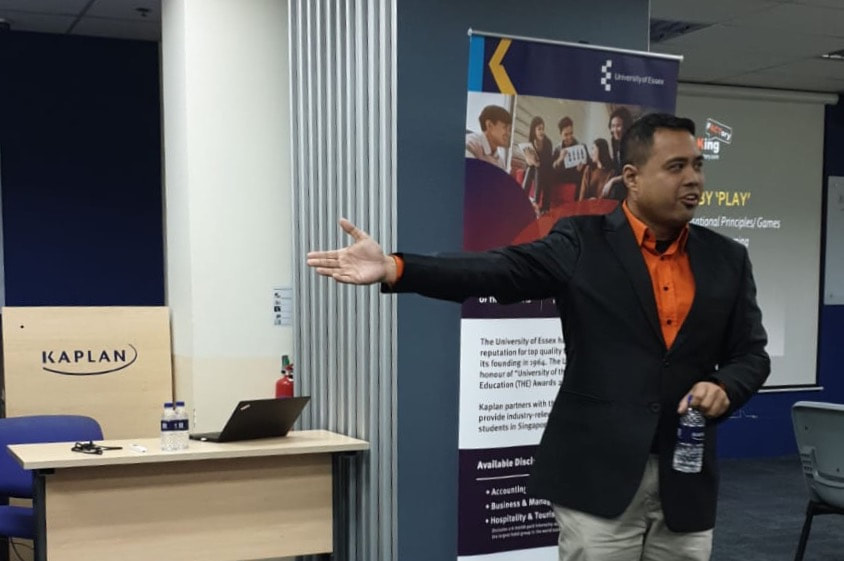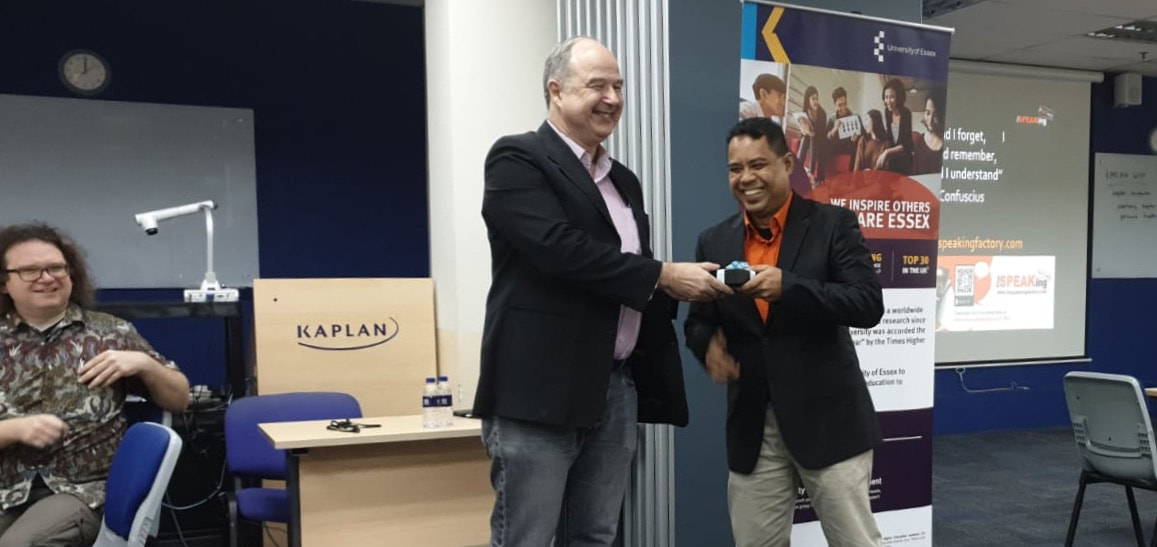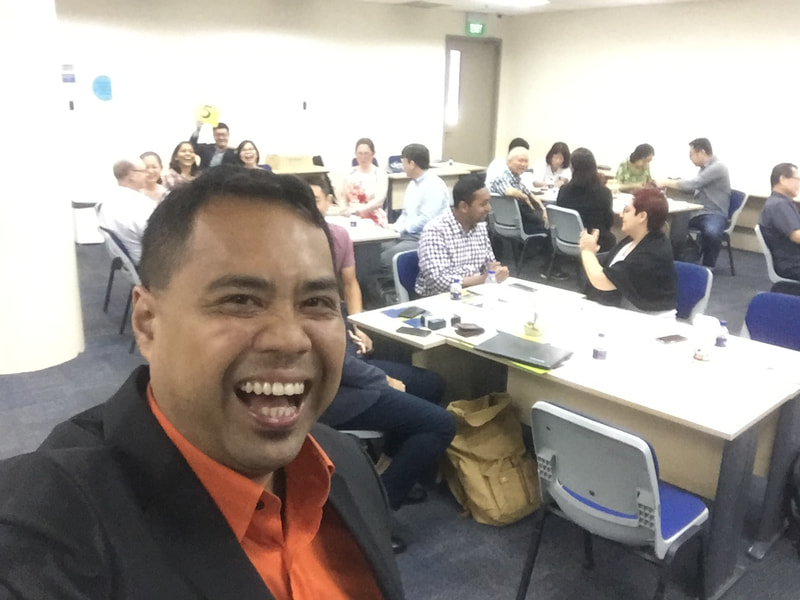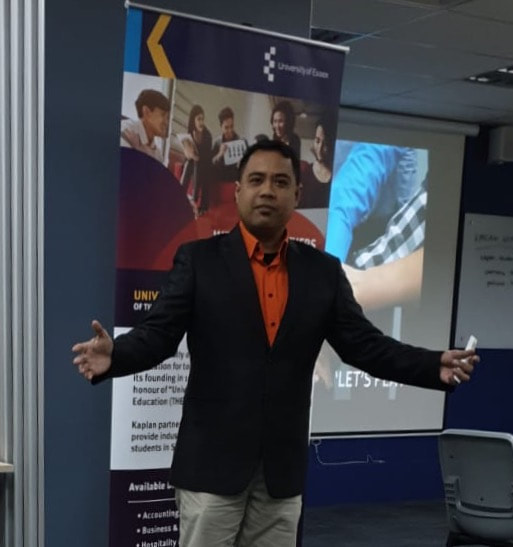|
How to Get Over Shyness to Do ‘Live’ Talks Online?
Shyness is a feeling. To shift a feeling from one state to another (eg from “being shy” to “not being shy”) is not as easy as providing instructions to your body. Feelings are developed based on the environment we are in. The behaviour we exude is very much directly related to the feelings we are having. Environment shapes behaviour. For example, if we are feeling angry, the actions we portray could be like banging the tables, shouting, cursing or at some instances, causing hurt. Likewise, if we are feeling happy, we are feeling on ‘Cloud Nine’. We are smiling from ear to ear, singing and just feeling great. At that moment, we even feel that we can do wonders (which actually can, if we were to really take that action!). The good news is, you can have the feeling that you want by creating an environment that supports it. So if you want to get over your shyness so that you can do ‘Live’ talks online, you need to put yourself in a safe, happy and comfortable environment. This environment will give you that boost you need. Here are 7 simple ways you can do it: 1. Gather your close friends around you as you do the ‘Live’ talks. Their presence will create an environment where you will be safe and comfortable. When you are comfortable, speaking online will be a breeze. 2. Shift your perspective to “you are doing a service” as you give your talks. The feeling of providing service unto others, is similar to giving donations and doing charity. Our body enjoys the feeling of giving, and that will create an environment of joyfulness and fulfilment. 3. Overprepare your contents and keep them handy. With enough information right in fornt of you, subconsciously you know that you have all the necessary information ready when you need them, thus making you at ease. 4. Rehearse on the technicalities of “live streaming”, e.g. which buttons to press, familiarise with the headphones, how to share screen etc. Once you rehearse on these, you will feel more confident. 5. Don’t present or give talks. Have conversations instead. Remember the last time you met up with your best pal over dinner? And you went “It was such a wonderful time!” But what you did together was just having conversations. Having conversations will take the mind out of doing presentations, to just having “chit-chatting”, making your environment comfortable. 6. Do warm-ups prior to the talk. The dopamine chemical that your body produces will pump up your energy, and put you in a state of feeling good. 7. Keep track of your “Accomplishments”. Whenever you have achieved something new, note them in your diary. Have a look at your list regularly and use it as a motivation. Have in mind that this upcoming ‘live’ talk online that you will be doing, will be added to that list. Grow the list. Would love to hear from you which of these methods suit you as you kick off your ‘live’ online. Stay Safe, Stay Positive, Stay Creative. Towards your continued success, Hazriq Idrus Creative Leadership & Design Thinking Strategist Author of 10 books, including "The Stage Fright Antidote" Hazriq Idrus is a stage actor turned professional speaker who is passionate on the topics of Creative Leadership and Communications. He founded The Speaking Factory Pte Ltd with a mission to help leaders and their teams unlock their creative potentials so they can connect, communicate and co-create effectively. Subscribe to Hazriq’s Youtube channel for more resources on creativity, creative leadership and communications. Click here: http://bit.ly/HazriqYoutubeChannel.
2 Comments
 On Saturday 21 September 2019, I had the opportunity to speak and share with the graduating students of Madrasah Al-Arabiah in Singapore, at the Festival of Learning 2019 @Madrasah Al-Arabiah Al-Islamiah. As we know, job Interviews are always a stressful situation. Yet it is an important phase to go through before we can get hired. One major factor which causes that ‘stressful’ situation during interview is because of our inability to project our confidence; and instead portraying our nervousness when speaking to the interviewers. Because of this, the chances of getting hired is not on the high side. When I was finding jobs to kick start my career, again I have been very fortunate to be able to experience a series of good interviews and no-good interviews. When I transited into the professional speaking journey in the later part of my career, I have been very fortunate to be able to work with various mentees and participants, and gained their insights about acing in job interviews. Here is my recommended 3-P framework that would help you overcome the nervousness during interview: 1) Purpose: Before we go into the interview room, set your intentions right. You need to know why are you taking up this opportunity to be interviewed. When I left my decent-paying job at the library in 2011, attending job interviews at various training companies was because of just one purpose - to hone my stand-up training delivery skills when I got the job. 2) Paradigm Shift In the interview room, chances are, interviewees are at the “mercy” of the interviewers. For example in a typical setting, when the interview asks questions. We will answer. While that is the most common way to do, I would recommend you to have a paradigm shift - by putting on a hat of a “problem’ solver” as you enter the room. As a problem solver, your approach of interview has changed. Instead of just answering questions posed by the interviewer, you are also there to find out what gaps that are missing in the organisation and how you can value add. 3) Preparation Preparing for the interview is important. Preparation is key to help with anxiety management. Besides doing your homework to find out about the company, or the position that you are applying for, I would recommend you to find out possible questions that they might ask. Some popular questions could be “What are your experiences in a similar capacity?” or “What are your weaknesses?” To help you answer those questions, I would recommend you to prepare your answers through story sharing. This is because an appealing story would cover the storytelling process of ethos, pathos or logos; the three components needed to influence people. Hope this article is useful and helps to prepare yourself to overcoming your nervousness and ace that interview so that you can get hired for the job you dream of. Towards your continued success, Hazriq Idrus, Creative Leadership | Public Speaking Strategist | author of 9 books, including "The Stage Fright Antidote" Hazriq Idrus is a stage actor turned professional speaker specialising on Creative Leadership; and is also a Public Speaking Strategist. Using techniques from the theatre, Hazriq delivers keynote talks and training programmes that are interactive and experiential in nature. He founded The Speaking Factory Pte Ltd with a mission to help leaders and their team members connect, communicate and co-create effectively by unocking their creative potentials. Hazriq is contactable at info@thespeakingfactory.com. 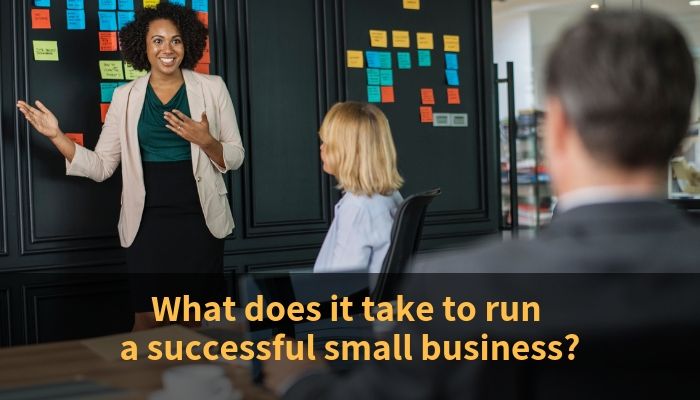 When I first started my business in 2011, I thought I could finally apply what I had learnt when I was taking diploma in business back in polytechnic. By that time, I already left my decent-paying job, registered my company, and was getting ready to serve my first two official clients. Boy, was I wrong! What I learnt during that diploma level was focusing more on how to operate a business. When I owned my company, I realised that I not only need to know on how to operate my business, I also had just begun my entreprenuerial journey. Operating a business and being an entrepreneur, are two different things. Operating a business is about ensuring the day-to-day activities. It is like the machine are well-oiled. But someone needs to get the business forward. I realised this when I had completed serving my first two official clients. The question I asked my self was. What’s next? I kept finding out ways on how to get more clients. I started to attend business seminars and workshops. One of the business seminars I attended was very eye-opening for me. It was organised by Safinah Institute owned by Ustaz Mizi Wahid. Mr Umar Marican, a very successful Singaporean business owner who was based in New York, was the guest speaker. Mr Umar shared one important lesson. He said that for every business, even small businesses, to be successful, there must be three components in terms of the manpower management.
Mr Umar explained that: “The Entrepreneurial component (usually the business owners), are the ones who looks at the company’s strategies and plans. They are visionary people. They envision the direction of the business. They are like the compass.” “The Operations component, on the other hand, are the hands and legs of the business. They are on the ground, ensuring the business is moving upon receiving the directions from those sitting in the Entrepreneurial component. "The Management are the ones who play the linkage between the Entrepreneur and Operations. Management is the ones who manages resources, breaks down the vision into smaller, achievable goals and milestones, and identify suitable people (for Operations) to execute the plans.” Mr Umar added that he was well aware that not everyone were cut to take on component 1 successfully. However, all is not lost. Entrepreneurship is a skill, which is learnable through practice and experience. Mr Umar recommended to start a business still. What is the solution then? “If you as the business owner who is more of a “Operations”-type”, work with partners who are very entrepreneurial and also enjoys managing. In that way, the partners are complementing one another’s strengths. That will keep the business forward.” Profound! What are your takes on this? Towards your continued success, Hazriq Idrus | Creative Leadership & Public Speaking Strategist, | Author of 9 books, including "The Stage Fright Antidote!" About the writer: Hazriq Idrus is a stage actor turned professional speaker specialising in Creative Leadership; and he is also a Public Speaking Strategist. Using techniques from the theatre, Hazriq delivers keynote talks and training programmes that are interactive and experiential in nature. He founded The Speaking Factory Pte Ltd with a mission to help leaders and their team members connect, communicate and co-create effectively by unlocking their creative potentials. Hazriq is contactable at info@thespeakingfactory.com. Thank you Mendaki Sense, for entrusting us to conduct Powered by 'PLAY' - A session on creative facilitation using theatre & improvisation approaches. The objective of the session is to provide alternative facilitation tools for the tutors, who conduct tuition under the Mendaki Tuition Schemes at various centres.
We had very participative and wonderful tutors in attendance! I'm blessed! Thank you for being amazing! And we got to discover one of the participants just celebrated his birthday a couple of days ago - through one of the games we played. The whole class sang happy birthday song for him! On a separate but similar note, being a stage actor in Singapore, high chance that we also conduct drama workshops. These experiences had helped me a lot in terms of personal & professional development; that led me to curate this programme that is applicable beyond theatre. Would love to pay homeage to my theatre directors & mentors whom have guided me throughout the years. ~ Hazriq Idrus The Speaking Factory, in partnership with Introverts Network Asia, conducted "Overcoming Shyness, Creating Impact" - a programme in support of the SkillsFuture Festival 2019 on Saturday 20 July 2019.
Thanking Mervin Yeo, for agreeing to "re-stage" this partnership after a successful run last year; Stacey Lwin - for a wonderful inspirational talk about travel + introverted nature. @Nadya Hashim, for hosting the event - charming the audience with your friendly approach. And Jit Puru - mentor, buddy, thosai kaki, for coming down, and also lent your voice with an impromptu presentation that truly inspires. Not to forget, LLI as the venue partner & Renee Ismaill, on videography . Looking forward to viewing the video for my personal presentation analysis and post-mortem. Our Head of Youths Programmes, Nadya Hashim, conducted the Youth Mentoring Skills Training this afternoon 5 Jul 2019; held in conjunction with the SkillsFuture Festival 2019, at Lifelong Learning Institute.
Thank you SkillsFuture Festival team to invite us at The Speaking Factory Pte Ltd to contribute to this learning festival for the 2nd year running. This year we are doing two programmes. Our next public programme (part of the festival) will be on Sat 20 Jul 2019; 'Overcoming Shyness, Creating Impact' - a programme suitable for shy people; as part of SkillsFuture Festival 2019. https://www.eventbrite.sg/e/overcoming-shyness-creating-impact-tickets-63459302482 Why Do We Need a Creative Process?
There is a misconception that creativity is very much associated with people in artistic arena such as performing artistes, painters or writers. However, in today’s highly competitive professional environment, the need for creativity in the business world has become increasingly important for organisations. Creativity plays a big role for organisations - whether to distinguish themselves from competitors, solve problems internally or that of their clients’, or even elevate themselves to match international standards. From the employees’ perspective, the ability to generate new ideas to meet organisational objectives is crucial. “We are in a creativity workshop. And creativity is supposed to be chaotic. Why we then need a creative process?” asked one of my participants, during a creative problem solving workshop I conducted in 2008. Everyone has a creative mind; but as humans, we do get stuck for ideas once in awhile. More so, attracting creativity into our daily work activities may not be something easy to do. That is why, everybody in the organisation needs to have a creative process, no matter what role or function we play in the organisation. The creative process would facilitate us to get unstuck and move forward. If you read books on creative problem solving, there are many types of creative process that are being offered that you can use. Some use a three-step process, whereas others have 7 steps. In the design thinking module I’m currently lecturing on at polytechnic, we use a 5-phase model - Empathise, Define, Ideate, Prototype, Test. As a rule of thumb, a creative process has two stages: Divergent stage; followed by the Convergent stage. Divergent Stage is where you generate ideas. There are various brainstorming techniques and tools you can use. Once the ideas are listed down, the next stage is the Convergent Stage. This is where we select suitable ideas. Ideas are selected based on set criteria. What if these two stages are reversed? You will be stuck. We often heard company meetings that take up so much time, so much so that employees started to feel tired and bored. This is usually the case when the leaders who call for these meetings are not sure which stage of the creative process they are at. This is something we need to avoid. In conclusion, as humans, we have this ability to be able to think creatively. As humans too, we do have the tendency to get stuck for ideas, and that is when a creative process will come in handy. For it to work effectively, there is a need to understand which stage of the process you are at. Hope this helps. If you need more assistance on personal and workplace creativity, do keep yourself available on Saturday 29 June 2019. On that day, together with 17 other international speakers, I will be taking the stage at the World Success Summit 2019, and will be speaking on the topic “How to Unlock Your Creative Process”. For details and tickets, visit: worldsuccesssummit.com. Keep moving forward, Hazriq Idrus Workplace Creativity & People Engagement Strategist Author of 8 books, including "The Stage Fright Antidote" Hazriq Idrus is a professional speaker on Workplace Creativity & People Engagement. Using techniques from the theatre he learnt as a stage actor, Hazriq delivers keynote talks and training programmes that are interactive and experiential in nature. He founded The Speaking Factory Pte Ltd with a mission to help people & teams unlock their creative potentials so that they can connect, communicate and co-create with impact. Hazriq is also currently an adjunct lecturer at Ngee Ann Polytechnic delivering the module on Creativity & Innovation. Hazriq is contactable at info@thespeakingfactory.com. Immersive experience! Thank you Singapore Bicentennial Office for the invitation to the Special Preview (for project partners & stakeholders) of the 'Singapore Bicentennial Experience'. A multi-sensory experience! The Time Traveller exhibition segment brought us back to some 700 years ago when Singapura was founded by Sang Nila Utama. Going through 5 Acts, visitors will walk and immerse the experience of different eras. This is not just another exhibition, but an experiential one! Be prepared to be emotionally-charged as well! And also, there is a segment with artificial rain in the exhibition you have got to experience. Dont worry, umbrellas are provided! What I have shared here is just the tip of the ice-berg. You have to experience it yourself! It is indeed a project by Singaporeans to Singaporeans. On a personal note, I am really grateful to have contributed a small part in the Sg Bicentennial through the series of workshops in 2018, equipping the volunteers with story documentations skills. Working with the Singapore Bicentennial team reminded me of my previous "career incarnations". Most of the team members were my colleagues and it was like a reunion of sorts! Congratulations to the team at Singapore Bicentennial. May this project showcases the rich history of Singapore and also eye-openers to the sceptics about Singapore history. A tiny island that had progressed even before 1819; something we, as Singaporeans are to be proud of, and a good reflection for us to progress further moving forward. Keep moving forward
Hazriq Idrus Founder, The Speaking Factory Pte Ltd If you are a service provider, and you are facing a customer complain, how do you handle it? Just laugh it off, i mean, L.A.A.F it off. Listen : demonstrate empathy and understand the concerns raised by the customer Apologise: Deliver a sincere, genuine apology for the mistake, even if you dudnt cause it but you "own" it because you work there. Acknowledge: Be accountable and acknowledge the inconvenience caused Fix: Take action and offer acceptable & agreeable solution. Do a service recovery by always compensating the customers. Adapted from: Superstar Customer Service by Rick Conlow Have a pleasant friday, everyone! #appliedcreativity #servicecreativity #workplacecreativity Keep moving forward,
Hazriq Idrus Founder, The Speaking Factory Pte Ltd Last month in April 2019, I had the opportunity to be invited and presented the Essex-Kaplan Singapore "Symposium on Play and Pedagogy in Teaching". During the Questions and Answer segment, one of the participants asked, "How do I get the audience to ask questions after a lesson/ lecture?" I had similar experiences earlier in my speaking career. Throughout the years, I tried out many methods. And I realised that the basic way in a presentation is making connection and engagement with the audience. This is because human is a social creature. To answer the question above, one of the ways that could be done is to bring the audience on a journey. Start the session on "Gear One", get the audience slowly warm up, and end the session on a high-note. Once the audience are excited, the barrier to inhibitions are lowered, and audience will start asking questions. cheers
Hazriq Idrus Author, "The Stage Fright Antidote" + 8 other books Connect on: http://linkedin.com/in/hazriq http://facebook.com/hazriq |
From the EditorThe Speaking Factory is dedicated to help leaders and their teams unlock their potentials so they can connect, communicate and co-create effectively. Articles by Categories
All
|

